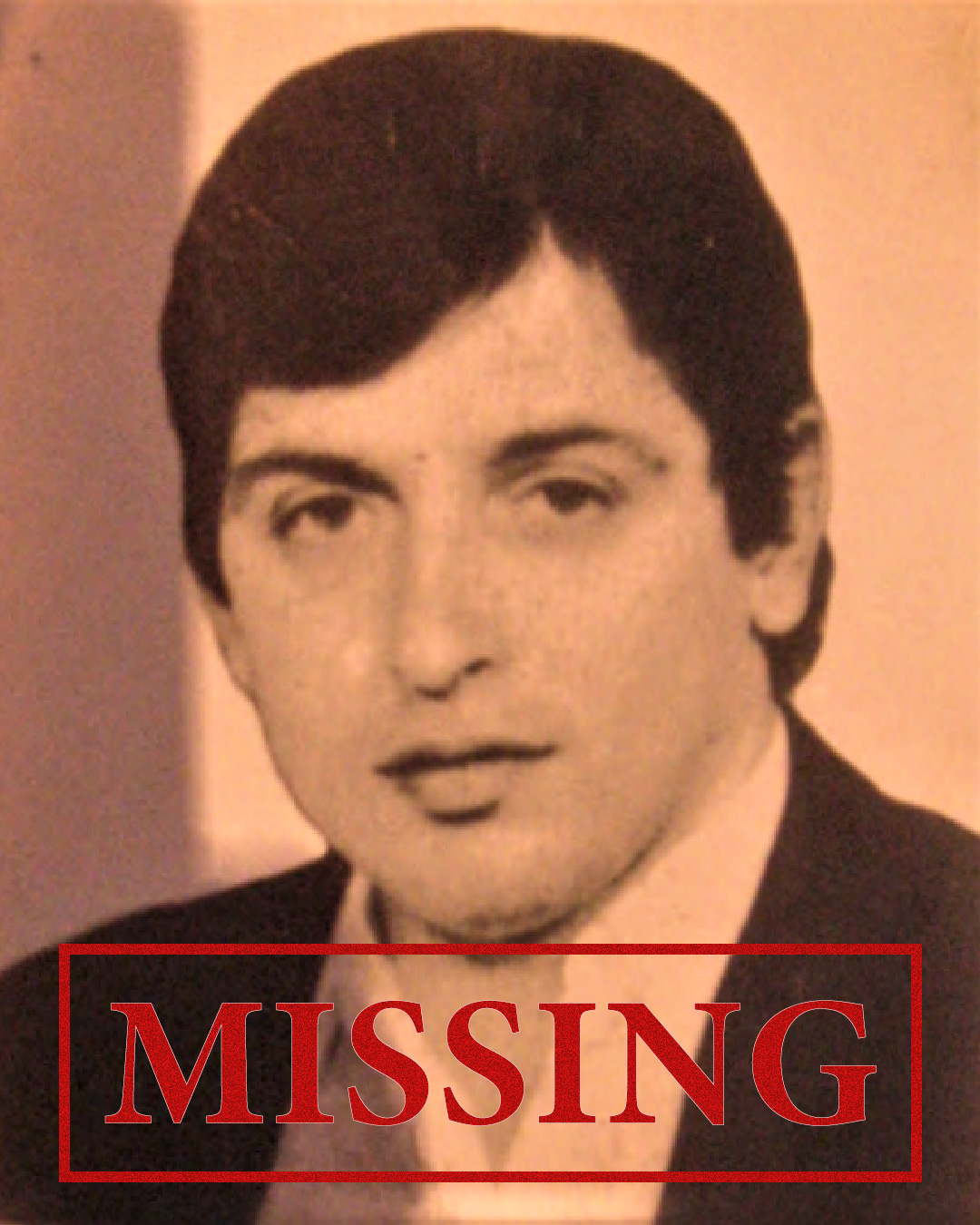The first days of each new year bring back memories about the old, once beautiful streets of Grozny which were turned into ruins under bullets and bombs and the faces of people who no longer are with them. They will perhaps fade slowly away from the memories, become gradually covered with a veil of oblivion the same way as these two photos from the collection of the Human Rights Center “Memorial”.
The fates of these two people of different ages, most likely strangers to each other from before, were intertwined by the second Russian-Chechen war and the dark, freezing Chechen January.
The first photo shows 68-year-old Khumid Batalov. In the very beginning of hostilities in the fall of 1999, he sent his family to neighboring Dagestan. He himself remained in Grozny to look after the property. When the relatives returned home, he was no longer there.
According to local residents, who survived the storming of the city, mass searches and arrests were repeatedly carried out in the area where Khumid Batalov resided. Linking these testimonies with the traces of the presence of the Russian military in the house, the relatives came to the conclusion that Russian military was involved in the disappearance of the elderly man.
During searches for disappeared Khumid Batalov, members of his family turned to the authorities of the Russian Federation. A criminal case was opened, but a proper investigation was never carried out. The exact date of his abduction and disappearance is unknown. Relying on the neighbors’ testimonies, the relatives assumed that the incident took place on January 15, 2000. They filed a complaint with the court against the inaction of the investigating authorities. After five years, by the decision of the same court, Khumid Batalov was declared dead – legal grounds or evidence are unknown. But it is a convenient decision for the authorities – otherwise they need to admit that their own representatives were behind the crime. He died and that’s it, look for the corpse yourself. The Russian authorities washed their hands of it…
The second photo shows 37-year-old Marat Volkov. He is a Chechen by his father and Russian by his mother – (per passport he used his mother’s last name). He was born in the Karaganda region of Kazakhstan, where apparently his father’s family ended up during the years of Stalin’s deportation of Chechens and Ingush in 1944.
On January 19, 2000, Marat Volkov was detained in front of witnesses at a Russian checkpoint in the Staropromyslovsky district of Grozny. The military took him aside – he went missing after that.
From the record of his mother about the circumstances of her son´s detention: “Marat wanted to take sick people – Andrei, he is still with me, and a woman to the village of Znamenskoye (located in the north of Chechnya). They left in the morning of January 19, 2000. Andrei and this woman returned the same day and said that Marat had been detained by the regiment’s officers who were on duty near the village of Tashkala. After he presented his passport, one of the officers said: “What kind of Russian are you? You have a bandit face!” With these words, he was detained and never seen again. I have contacted various authorities. I also searched for him myself, but to no avail.”
We do not know if Marat Volkov’s mother is still alive. After all, 23 years have passed since the date of her referral to human rights activists. We don’t know either if he had other relatives. But if his mother is alive and if he had a large family like most Chechens, then there should be those who despite everything, live in hope that one day he will return home.
Enforced disappearance is an ongoing crime – but not for Russian justice, of course! The correct words, enshrined in thick volumes of laws, have merely a declarative nature. It’s accepted in the world and that’s why they also adopted it.
These are ongoing crimes for the residents of Chechnya. According to local Chechen traditions a disappeared person is considered alive if there is no evidence of his death and thus the search must continue. If a person has died, then it is necessary to find and bury the body. How can it be that a person does not have a grave, that there is no place where relatives could come to grieve and read a prayer?
The unbearable torture by uncertainty is shared by thousands and thousands of Chechen families.
The Database of the Natalia Estemirova Documentation Center contains information about 17,085 cases of disappearances documented by various non-governmental and human rights organizations that worked both in Chechnya and in neighboring regions.
The legal analysis of collected information continues and the number of cases might decrease two or threefold as more information is checked and verified. But for a population of more than a million, this is enormous losses. One does not even speak of the dead, but of those who disappeared and of whom nothing is known..
Contact us
Employee
